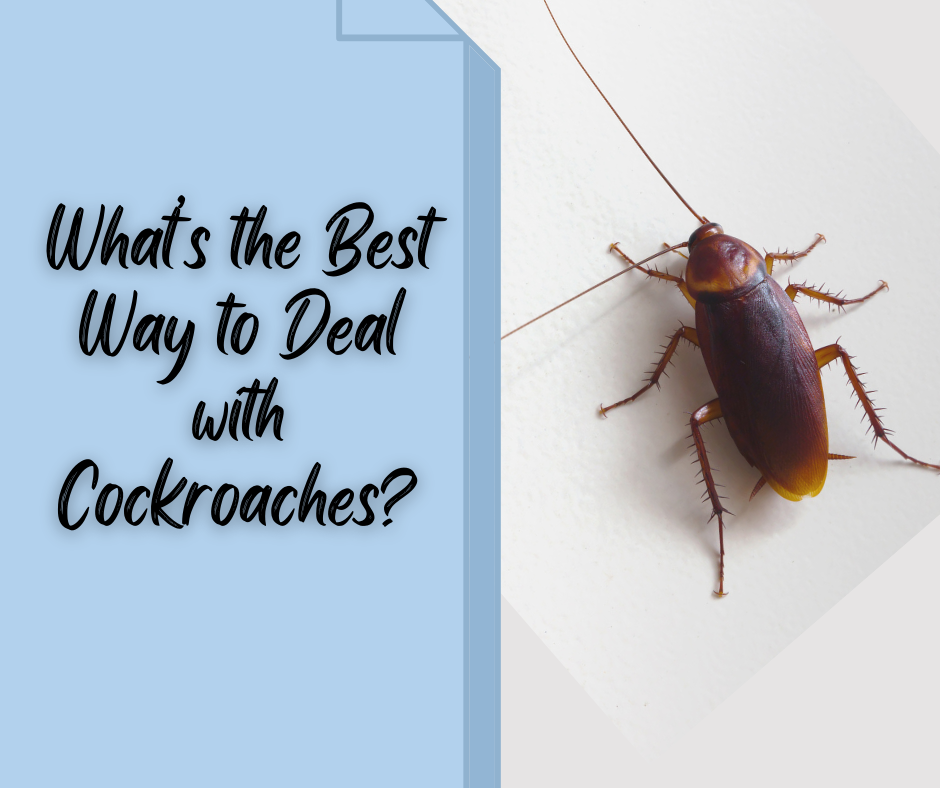Cockroaches are the worst. Aside from looking so maniacal, they contaminate food and surfaces, they stink, transmit disease, cause allergies, and destroy fabric and paper. As homeowners, what are your duties in order to prevent cockroach infestations at home? Tune in before the roaches hear you.
How to stop the roach infestations?
With their most ideal hiding places in cracks and crevices or hard to reach areas, cockroaches are nocturnal creatures that love the dark, moist, and humid areas in your home. These areas could be around the corners of your kitchen where food and water is also accessible.
Since this has still been an existing problem in most homes in America, we have prepared useful cockroach preventive techniques that can stop their life cycle, destroy their colony, kill them, and of course, get rid of them for good. Here are a few cockroach removal helpful tips:
1. Inspect
Inspect and observe vulnerable areas in your house where cockroaches can easily infest. Since they are nocturnal, better do it at night when they are roaming around and active to hunt for food. Confirm any suspected habitats using sticky traps. Sticky traps should be placed at the seam of floors and walls, and in areas where they may potentially go most of the time. You may also check under your furniture, appliances, and curtains for their nymphs or egg casings.
2. Home Cleaning
Of course, sanitation is a requirement. The more you leave spills and food crumbs unattended, the more you welcome these cockroaches. Here is a list and a few key tips to do at home:
- Eliminate food sources: sweep the cracks and crevices and wipe up spills and food crumbs on floors or on counters.
- Wash the dirty dishes right after eating and don’t let it stay on the counter too long.
- Seal food properly or store them in the refrigerator right after eating.
- Regularly empty the trash bins at home and take the trash out on sealed and secure lids.
- Regularly vacuum cracks and crevices, furniture, or carpets where they may leave eggs or droppings.
Most of all, sanitize. Did you know that their pheromones attract other roaches? Make sure that you constantly clean and not leave any foul roach odor on your coach, furniture, or even curtains.
3. Eliminate habitat and prevent entry
In order to avoid cockroaches to gain entry in your house, make sure to secure your home’s cracks and crevices, window seals, and any entry point that they can easily access. Here’s a bunch of pointers to avoid roaches from entering your home:
- Seal cracks of your cupboards or building cracks with caulk.
- Repair water leaks to prevent. Cockroaches love moisture and humid areas.
- Weather-seal doors and gaps around windows
- Caulk around escutcheon plates that surround pipes or faucets, they are easy hideouts for the roaches.
- Eliminate clutter like piles of magazines, newspapers, cardboard or rags.
- Outside, remove stacks of wood and trash to minimize potential moist habitats
- Regularly mow the lawn or trim shrubs and branches to increase light and ventilation.
4. Sanitation
Cockroaches thrive where food and water are available to them. Even tiny amounts of crumbs or liquids caught between cracks provide a food source. Important sanitation measures include the following:
- Store food in insect-proof containers such as glass jars or re-sealable plastic containers.
- Keep garbage and trash in containers with tight-fitting lids and use plastic liners when possible. Keep trash cans away from doorways. Special trash cans may be mounted on pedestals in public spaces like schools to keep them off the ground where cockroaches forage. Remove trash, newspapers, magazines, piles of paper bags, rags, boxes, and other items that provide hiding places and harborage.
- Eliminate plumbing leaks and other sources of moisture. Increase ventilation where condensation is a problem.
- Vacuum cracks and crevices to remove food and debris. Be sure surfaces where food or beverages have been spilled are cleaned up immediately. Vacuuming also removes cockroaches, shed skins, and egg cases, reducing overall cockroach numbers.
- Because aerosolized bits of shed skins and droppings of cockroaches may cause allergies when inhaled, it is recommended that the vacuum cleaner have a high efficiency particulate absorber (HEPA) filter or triple filters.
5. Baits
Baits may work depending on the type of cockroach you are controlling. This is a common home technique while it is also a low impact type of pest control to humans. Although, this technique may not work for brown-banded cockroaches. Insecticidal baits do not attract cockroaches over long distances, so place them near hiding spaces or where roaches are likely to encounter them while wandering indoors, outdoors, near appliances, or dark spaces like the cupboards.
6. Dusts and powders
Dusts and powders are used in back edges and in corners of shelves in cabinets, cupboards, pantries, and closets. The main active ingredient for this is Boric Acid. Boric acid is not used as repellent but a contact and oral insecticide. These cockroach removal powders suit to be placed strategically in holes and crevices at home. Just take note not to place it outdoors since Boric Acid can be dangerous to the plants.
7. Foggers, Sprays, and Aerosols
Sprays, Foggers, and Aerosols are pretty common in the household. They may knock the roaches down temporarily or drive them away from the home or building but they can come back even stronger and more tolerant. Aside from that, these sprays can leave particles in your space that can be bad if inhaled your family or pets. Be responsible when using these products.
Totally Get Rid of the Roaches!
Cockroach control is a more serious commitment that can be worthwhile if executed properly. Sprays and aerosols should only be the last result and we must never rely on them. Instead prioritize sanitation, exclusion, and appropriate baits and dusts.
After all, if these cockroaches still stick around, you may need to assess your situation more critically. If things may still get out of hand, you may contact your local pest control professionals to inspect, monitor, and treat your homes or business spaces.




